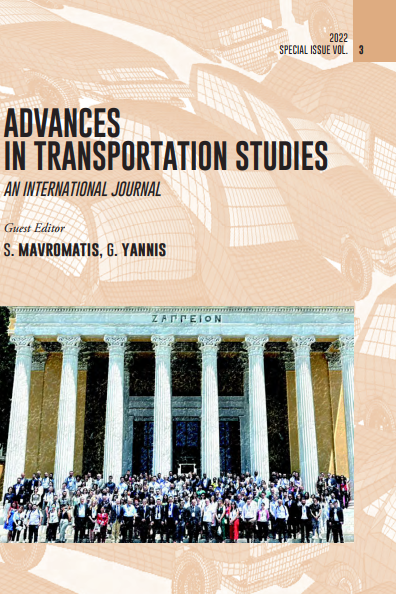
Road crashes are a leading cause of death for certain population groups, while crash-related injuries have been associated with an array of negative impacts for both the affected individuals and the society. The identification of hazardous locations or sections are frequently applied processes in road safety management. This study provided a state-of-practice review of the international literature on methods and applied practices for the identification of hazardous locations based on crash occurrence analysis. The analysis identified and summarized differences and similarities in the various methods and applied practices. There are two main groups of methodologies; those that focus on the identification of hazardous locations and those that focus on the identification of hazardous sections. In both groups there are differences concerning (a) the used safety performance metric (e.g., crash rates vs crash frequency), (b) criterion to prioritize road sections/sites for remedial treatments (e.g., sites that exceed the area-wide crash rate will be prioritized), and (c) type of crash data (e.g., fatal crashes or fatal and severe injury crashes). Methodologies of all levels of complexity have been developed, ranging from crash prediction models and advanced concepts that incorporate crash severity information to simple methods that rely on very straightforward criteria for classifying a section as safe or unsafe. Overall, this review and analysis is useful for practitioners so that they can identify potential ways of improving their applied crash occurrence methodology, while it will also inform researchers on paths for future research in the field of crash and safety analysis.
| ID | pj224 |
| DOI | |
| Tags |







